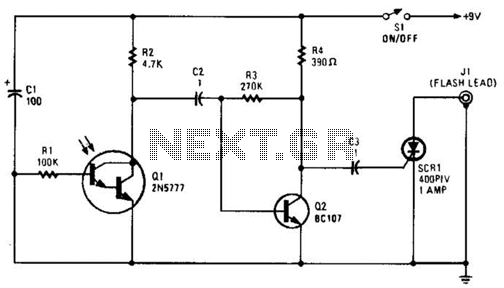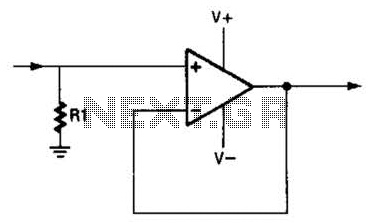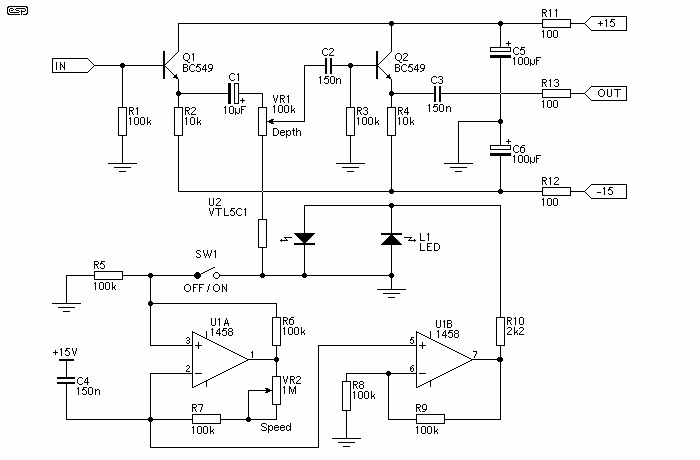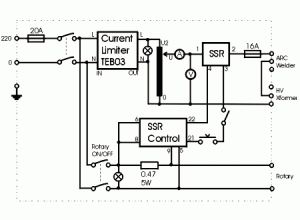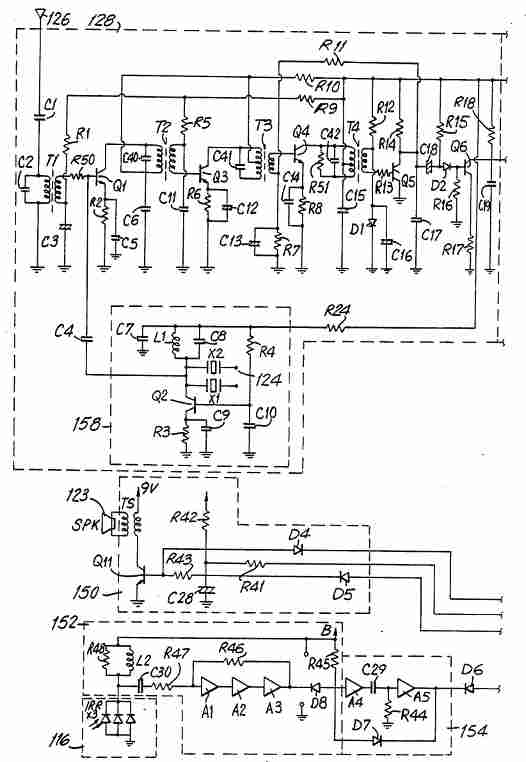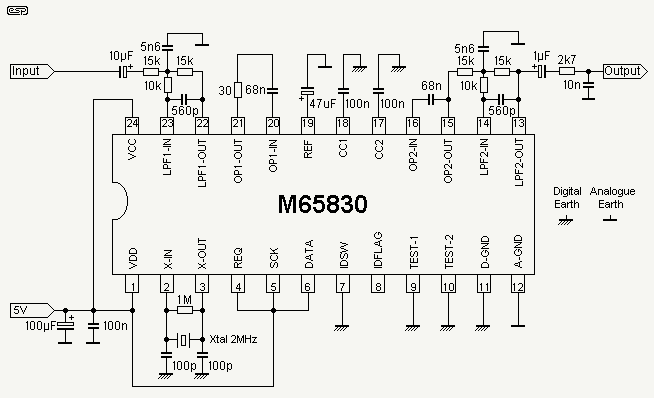
Sonifex CM-CU1 Commentatator Unit
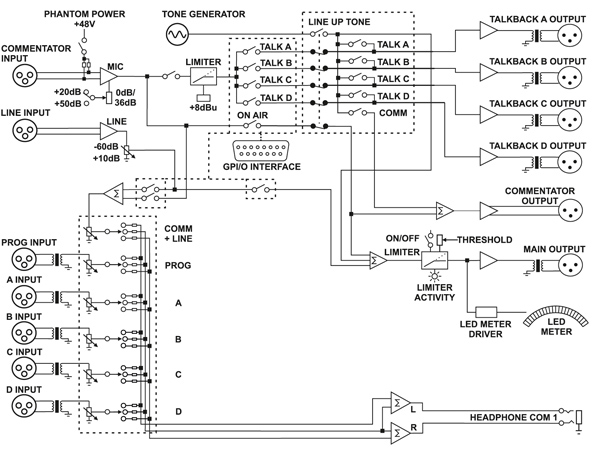
The unit offers a comprehensive commentator position with a line-level input. It features an individual commentator output and an additional output that combines commentator and line input audio. A limit indicator on the main panel signals when the adjustable limiter on the main output is activated, while a bright 21-segment LED PPM meter, which can be disabled, displays the main output level. The line input can remain active at the mix output even when the commentator is off-air, making it suitable for routing crowd effects or pre-recorded material to the program feed. The presence of the line input in the commentator's headphones is also configurable. Four talkback output channels, equipped with a built-in limiter, are available to the commentator and can be linked for simultaneous operation. Activating one or more talkback channels mutes the commentator audio from the main output until all talkback channels are deactivated. The unit supports a wide input gain range and switchable phantom power, accommodating various microphone types, including low-output ribbon mics, headsets, and high-output phantom-powered microphones. It includes five transformer-balanced return audio inputs, which, along with the commentator input, are routed to the headphone monitor controls. These controls allow any monitor input to be adjusted and sent to either the left, right, or both ears. A GPIO port provides an open-collector driven output indication of any active On-Air or talkback channel, and four remote inputs allow for external calls or alerts to each talkback control. Additionally, the unit has a built-in line-up tone generator for easy channel identification and cabling checks. When enabled, the test tone is routed to the required output by pressing the corresponding on-air or talkback button. An automatic tone mode sends different quantities of tone bursts to each output, simplifying setup for a single technician. A flexible range of options allows customization of the Commentator Unit to better suit operational and personal user requirements, including momentary or latching operation of the talkback buttons, permanent enabling or disabling of the commentator input, default headphone signal routing, and main panel indicator illumination levels. Five return audio circuits are routed to the headphones alongside the commentator input, with individual level control for each source, allowing for flexible audio monitoring.
The commentator unit is designed for professional audio environments, providing functionality essential for live broadcasting and event management. The individual commentator output ensures that the commentator's voice is clear and distinct, while the mix output allows for integration of ambient sounds or pre-recorded audio, enhancing the overall broadcast experience. The adjustable limiter protects against audio peaks, ensuring that the output remains within acceptable levels, while the LED PPM meter offers a visual representation of the output level, crucial for maintaining audio quality.
The talkback system is particularly noteworthy, allowing seamless communication between the commentator and production team. The ability to link talkback channels enhances collaboration, while the built-in limiter ensures that the communication remains intelligible without causing audio distortion. The configuration options for the line input and headphone monitoring provide flexibility, catering to various operational needs and personal preferences.
The inclusion of a GPIO port and remote inputs for alerts further enhances the functionality of the unit, allowing for integration with external systems and providing real-time feedback on the status of the talkback channels. The tone generator is an invaluable tool for technicians, simplifying the setup process and ensuring that all channels are functioning correctly.
Overall, the commentator unit represents a sophisticated solution for audio professionals, combining versatility, ease of use, and advanced features to meet the demands of modern broadcasting and live event production.It provides a fully featured commentator position and a line-level input. The unit has an individual commentator output, with an additional output providing a mix of commentator and line input audio. A limit indicator on the main panel shows when the adjustable limiter on the main output is active, and a bright 21 segment LED PPM meter, which canbe disabled, shows the main output level.
The line input can be configured to remain present at the mix output even if the commentator is off air, making it useful for routing crowd effects or pre-recorded material to the programme feed. Its presence in the commentator`s headphones is also configurable to suit the application. Four talkback output channels, with a built in limiter, are available to the commentator and they can be linked to provide simultaneous operation.
Activation of one or more talkback channels removes the commentator audio from the main output until all talkback channels are deactivated. A wide input gain range and switchable phantom power allows support of a variety of microphone types including low output ribbon mics, headsets and high output phantom powered microphones.
There are 5 transformer balanced return audio inputs which, along with the commentator input, are routed to the headphone monitor controls. With these headphone controls, any monitor input can be adjusted and sent to either the left, right or both ears.
A GPIO port gives an open-collector driven output indication of any active On-Air or talkback channel and four remote inputs provide an external call/alert to each of the talkback controls. The unit has a built in line-up tone generator for easy channel identification and cabling checks. When enabled the test-tone is routed to the required output simply by pressing the corresponding on air or talkback button.
An automatic tone mode repeatedly sends different quantities of tone bursts to each output to make it effortless for a single technician to set up. A flexible range of options allow the Commentator Unit to be customised to better suit the operational and user`s personal requirements.
These include options for momentary or latching operation of the talkback buttons, permanently enabling or disabling the commentator input, default headphone signal routing and main panel indicator illumination levels. 5 Return audio circuits that are routed to headphones along with the commentator input. Any source can be individually level controlled and sent to left, right or both ears. A wide input gain range and switchable phantom power allows support of a variety of microphone types including low output ribbon, headsets and high output phantom powered microphones.
🔗 External reference
The commentator unit is designed for professional audio environments, providing functionality essential for live broadcasting and event management. The individual commentator output ensures that the commentator's voice is clear and distinct, while the mix output allows for integration of ambient sounds or pre-recorded audio, enhancing the overall broadcast experience. The adjustable limiter protects against audio peaks, ensuring that the output remains within acceptable levels, while the LED PPM meter offers a visual representation of the output level, crucial for maintaining audio quality.
The talkback system is particularly noteworthy, allowing seamless communication between the commentator and production team. The ability to link talkback channels enhances collaboration, while the built-in limiter ensures that the communication remains intelligible without causing audio distortion. The configuration options for the line input and headphone monitoring provide flexibility, catering to various operational needs and personal preferences.
The inclusion of a GPIO port and remote inputs for alerts further enhances the functionality of the unit, allowing for integration with external systems and providing real-time feedback on the status of the talkback channels. The tone generator is an invaluable tool for technicians, simplifying the setup process and ensuring that all channels are functioning correctly.
Overall, the commentator unit represents a sophisticated solution for audio professionals, combining versatility, ease of use, and advanced features to meet the demands of modern broadcasting and live event production.It provides a fully featured commentator position and a line-level input. The unit has an individual commentator output, with an additional output providing a mix of commentator and line input audio. A limit indicator on the main panel shows when the adjustable limiter on the main output is active, and a bright 21 segment LED PPM meter, which canbe disabled, shows the main output level.
The line input can be configured to remain present at the mix output even if the commentator is off air, making it useful for routing crowd effects or pre-recorded material to the programme feed. Its presence in the commentator`s headphones is also configurable to suit the application. Four talkback output channels, with a built in limiter, are available to the commentator and they can be linked to provide simultaneous operation.
Activation of one or more talkback channels removes the commentator audio from the main output until all talkback channels are deactivated. A wide input gain range and switchable phantom power allows support of a variety of microphone types including low output ribbon mics, headsets and high output phantom powered microphones.
There are 5 transformer balanced return audio inputs which, along with the commentator input, are routed to the headphone monitor controls. With these headphone controls, any monitor input can be adjusted and sent to either the left, right or both ears.
A GPIO port gives an open-collector driven output indication of any active On-Air or talkback channel and four remote inputs provide an external call/alert to each of the talkback controls. The unit has a built in line-up tone generator for easy channel identification and cabling checks. When enabled the test-tone is routed to the required output simply by pressing the corresponding on air or talkback button.
An automatic tone mode repeatedly sends different quantities of tone bursts to each output to make it effortless for a single technician to set up. A flexible range of options allow the Commentator Unit to be customised to better suit the operational and user`s personal requirements.
These include options for momentary or latching operation of the talkback buttons, permanently enabling or disabling the commentator input, default headphone signal routing and main panel indicator illumination levels. 5 Return audio circuits that are routed to headphones along with the commentator input. Any source can be individually level controlled and sent to left, right or both ears. A wide input gain range and switchable phantom power allows support of a variety of microphone types including low output ribbon, headsets and high output phantom powered microphones.
🔗 External reference
